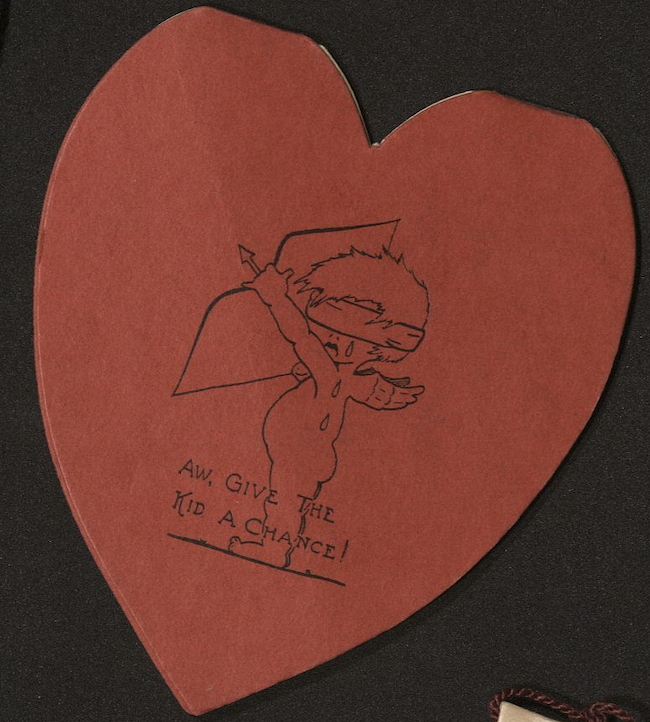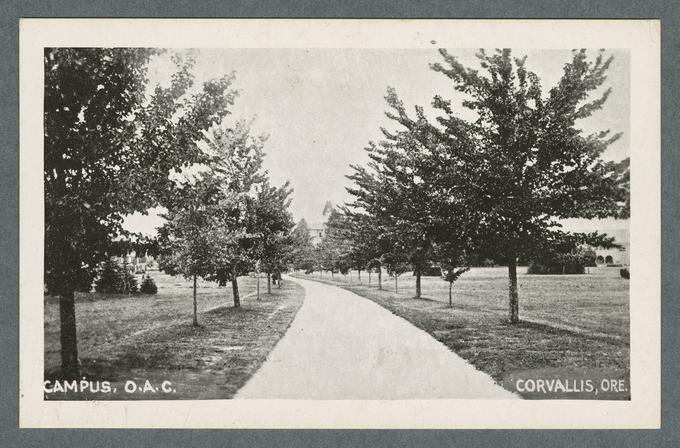Join us for a month of activities. We will have presentations, Open Houses, and time to gather with crafts and food! Here’s what’s going on this month in SCARC:
Pride Center Grand Opening: OSU Queer Archives Display – POSTPONED! New Date TBD

- Friday, October 11th, 11am-2pm @ the Pride Center
- To celebrate the newly expanded Pride Center Grand Opening, the OSU Queer Archives (OSQA) collaborated with the Pride Center to curate a display of OSU queer history featuring materials from OSQA archival collections.
Oregon River Maps Special Open House

- Wednesday, October 16th, 10:30am-1:30pm @ the SCARC Reading Room
- In collaboration with PRAx’s annual theme of watersheds, SCARC is highlighting hand drawn maps and figures from our “Plans and Profiles of Oregon Rivers” collection. Curated selections will include original images of the Klamath River from field data surveyed in 1923, just after the completion of the Copco dams but before the construction of Iron Gate. Months after the removal of these dams, these historic maps hold new interest.
Add Glitter to the Archives! A Crafternoon with the OSU Queer Archives

- Thursday, October 17th, 4-6pm @ Valley Library Main floor, Kow Lounge
- Join us in using (copies of) archival materials from the OSU Queer Archives (OSQA) for crafting projects! Participants will have the opportunity to donate their craft or a photograph of their creations to OSQA if they would like to do so. This event is a part of the OSU Libraries Crafternoon series and is hosted in celebration of Queer History Month.
William Appleman Williams: A Retrospective

- Wednesday, October 23rd, 4:00-5:30pm @ the SCARC Reading Room
- This event will include reflections from three scholars on the life and work of William Appleman Williams (1921-1990), a major American historian and member of the History faculty at Oregon State University from 1968-1986. Regarded as a founder of the “revisionist school” of American diplomatic history, Williams’s The Contours of American History (1961) was named one of the 100 best non-fiction books written in English in the twentieth century.
Imag(in)ing structure: envisioning the atomic structure of crystals from x-ray diffraction

- Thursday, October 24th, 4-5:30pm @ the SCARC Reading Room
- For centuries, people have inferred that crystals have an ordered internal structure based on their external form. It was not until the 20th century, with the development of x-ray diffraction, that the atomic structure of crystals was revealed. Melissa Santala will draw upon her experience as a materials scientist and the SCARC’s rich history of science collection to discuss the process of imaging – and imagining – the atomic structure of crystals from x-ray diffraction patterns.
Betty Lynd Thompson Special Open House

- Wednesday, October 30th, 10:30 am-1:30 pm @ the SCARC Reading Room
- Learn about the amazing legacy of art nurtured by OSU Dance Professor Betty Lynd Thompson in a curated display featuring items from the archival collection about her in SCARC.
Taste of the ‘Chives Recipe Cookoff

- Thursday, October 31, 12-1p @ Willamette East (Valley Library room 3622)
- Celebrate OSU’s longtime connections to cheese in this food sampling showcase courtesy of SCARC! Enjoy flavors from past and present recipes featured in campus publications and learn about historic OSU ties to the production, promotion, and research of this tasty and delectable dairy product.













